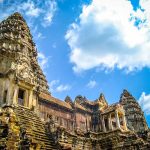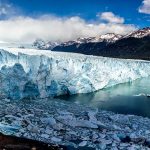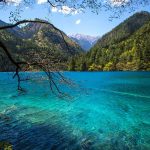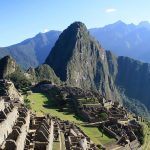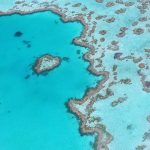BASIC INFORMATION ON INDIGENOUS PEOPLES
Indigenous Peoples
Source: http://www.un.org/esa/socdev/unpfii/documents/5session_factsheet1.pdf
Indigenous peoples can be found across the globe, in approximately 70 countries, and are incredibly diverse, numbering more than 370 million. There is no official definition of “indigenous” in use by any UN organization, as indigenous peoples are not a homogenous group. However, there are several broad criteria of what constitutes an indigenous peoples:
Many indigenous peoples have distinct languages and belief systems.
Indigenous peoples form non-dominant groups within a national society, and retain distinct cultural, economic, political and social characteristics from the dominant population.
Indigenous peoples are descendants of those who already inhabited a region at a time when other peoples arrived and assumed dominance.
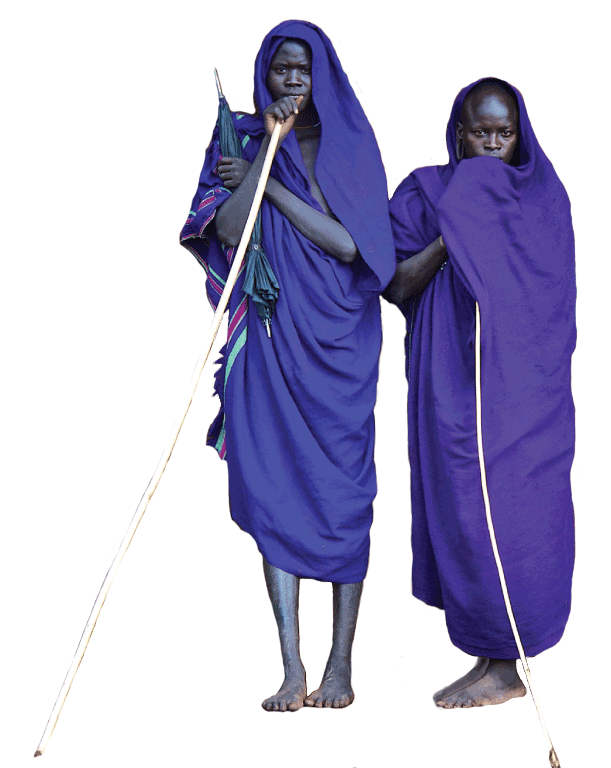
Many indigenous peoples resolve to preserve heritage and reproduce ancestral environments.
Many indigenous people’s have a strong link with natural resources and their territories.
Indigenous Peoples across the world face many of the same issues, such as human rights violations, lack of representation in government and political economy, and in some cases, systematic legal and social discrimination. Indigenous groups advocate for recognition and respect for their identities, their way of life and their lands.
Indigenous Peoples
Culture and Knowledge
The IIPFWH functions as a platform dedicated to strategizing and advocating towards the goal of full respect for indigenous rights within World Heritage Conventions and processes.
The Forum supports and advises indigenous peoples involved in various World heritage processes, such as nomination and designation procedures, conservation reporting, site management planning and implementation, among others. It also engages with the World Heritage Committee, the World Heritage Centre, Advisory Bodies and State Parties, functioning as a consultative and strategizing body dedicated to the promotion of rights-based, equitable and sustainable development of World Heritage Sites.


